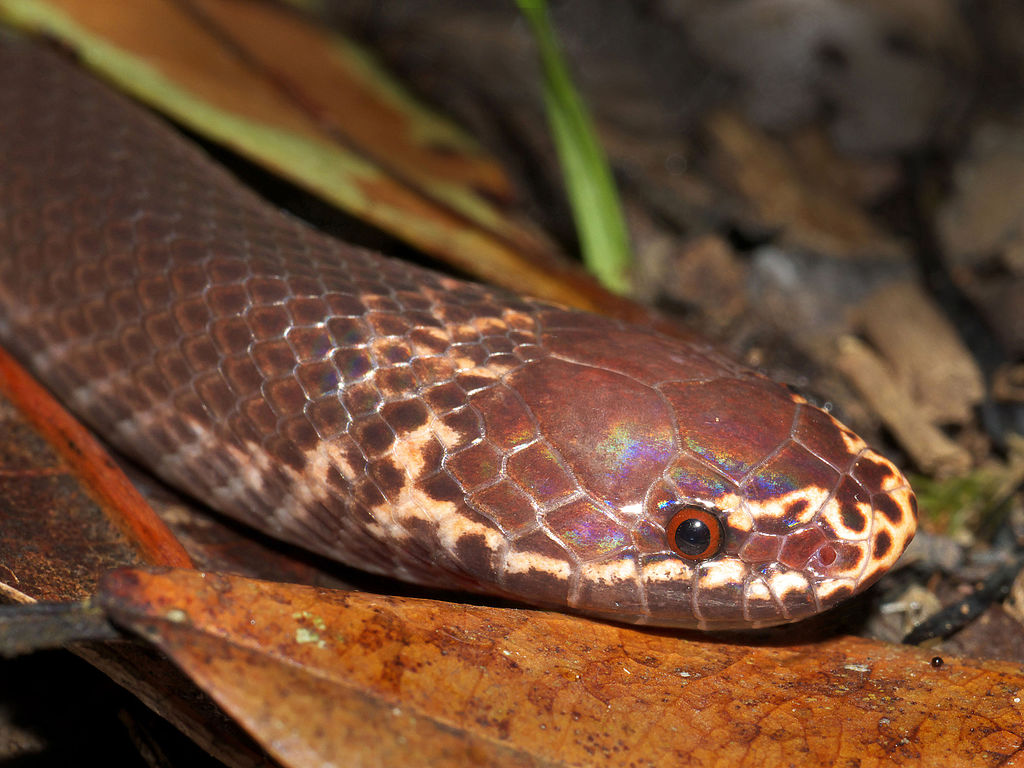In the intricate dance of predator and prey relationships, nature has evolved fascinating mechanisms for survival. One particularly striking phenomenon is how certain snake species actively avoid consuming prey that display bright, vibrant colors. This avoidance behavior isn’t arbitrary—it represents millions of years of evolutionary adaptation that has shaped hunting strategies and dietary preferences. From the dense rainforests of South America to the arid deserts of Australia, snakes have learned that brilliantly colored creatures often spell danger. This article explores why some snakes steer clear of these colorful potential meals, examining the biological, evolutionary, and ecological factors that influence this remarkable behavior.
Aposematism: Nature’s Warning System
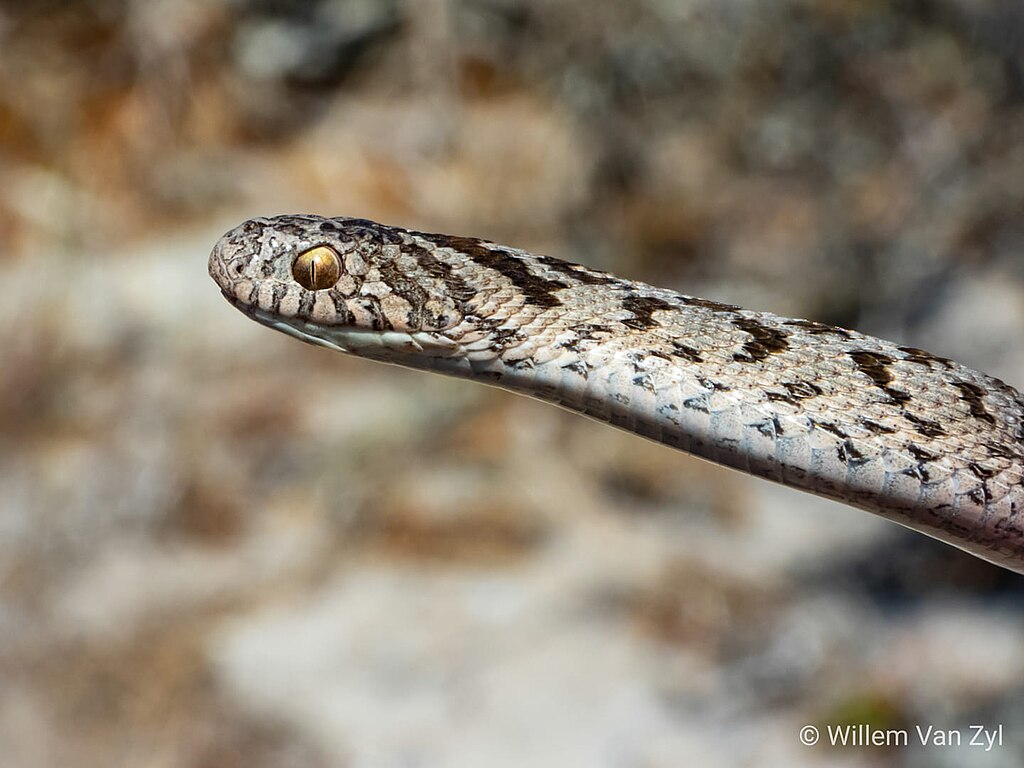
Aposematism refers to the evolutionary strategy where animals develop bright, conspicuous coloration to advertise their unpalatability or toxicity to potential predators. This warning coloration—typically involving red, yellow, orange, or blue—serves as a visual signal that consuming the organism may result in illness, pain, or even death. For many snake species, these bright colors trigger an innate or learned avoidance response that helps them navigate dangerous feeding opportunities. The effectiveness of aposematic coloration depends on predators learning to associate the visual warning with negative consequences, creating a powerful natural defense system that benefits both the potential prey and the snake that might otherwise waste energy or risk injury pursuing an inedible meal. Over time, snakes that recognized and avoided these warning signals gained a significant survival advantage over those that didn’t, reinforcing this behavior across generations.
Evolutionary Learning and Instinctual Responses
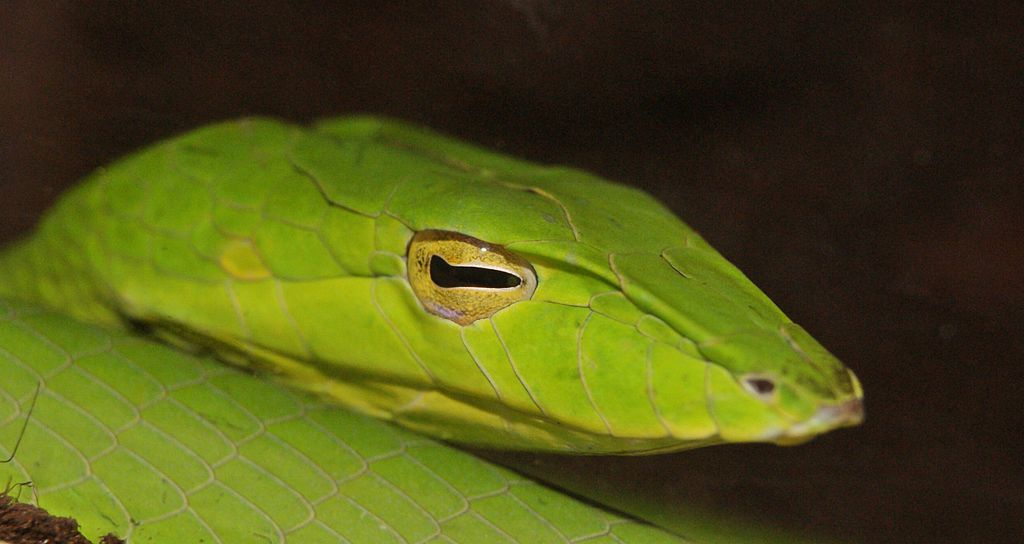
Many snake species exhibit an innate, genetically programmed avoidance of brightly colored prey, suggesting this behavior has deep evolutionary roots. Research indicates that certain snake lineages have developed hardwired neural responses that automatically trigger caution or aversion when they encounter specific color patterns in potential prey items. This instinctual response can be observed even in captive-bred snakes that have never been exposed to toxic prey, demonstrating how powerful these evolutionary adaptations can be. The ability to recognize potential danger without having to learn through potentially fatal trial and error provides an enormous survival advantage in the wild. Additionally, studies have shown that snakes with this innate avoidance behavior have higher survival rates than those lacking it, which has strengthened this trait through natural selection over millions of years.
The Bitter Taste of Experience

Beyond innate responses, many snake species develop avoidance behaviors through direct learning experiences. A snake that consumes a poisonous or unpalatable prey item with bright coloration may become violently ill but survive the encounter, creating a strong associative memory between that coloration pattern and the negative outcome. This form of rapid learning, sometimes called one-trial learning, is remarkably efficient and can establish lifelong avoidance patterns after just a single exposure. Snake species that feed primarily on amphibians or invertebrates—groups with many toxic members—show particularly strong learned avoidance responses to bright colors. Researchers have documented cases where previously naive snakes completely altered their hunting strategies after a single negative encounter with a brightly colored toxic prey item, demonstrating the powerful impact these experiences can have on snake behavior.
Coral Snakes and Their Mimics: A Complex Color Story
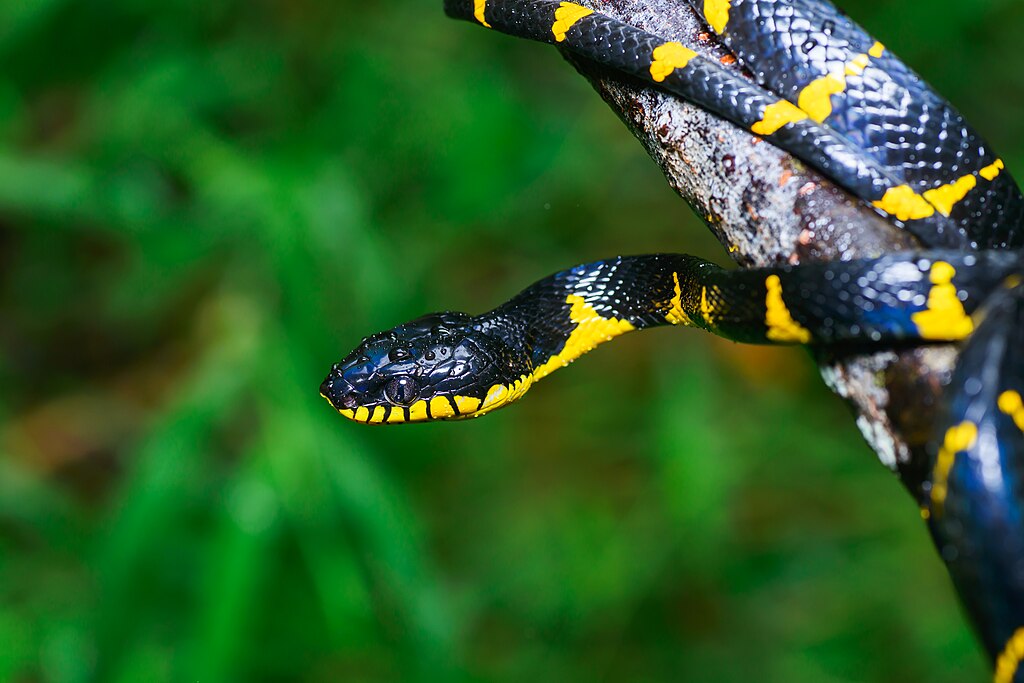
The relationship between venomous coral snakes and their non-venomous mimics offers a fascinating window into color-based avoidance behaviors. Venomous coral snakes display bright red, yellow, and black banding patterns that serve as a warning to potential predators, including other snakes. Remarkably, numerous non-venomous snake species have evolved to mimic these color patterns despite not being toxic or dangerous themselves, a phenomenon known as Batesian mimicry. This complex dynamic creates an evolutionary pressure for predatory snakes to avoid anything resembling a coral snake’s distinctive coloration. Field studies have demonstrated that predatory snake species from regions where coral snakes are common show significantly higher avoidance of similar color patterns compared to snakes from regions without coral snakes, highlighting how these avoidance behaviors can vary geographically based on the actual risk present in the environment.
The Biochemical Basis of Toxicity Detection
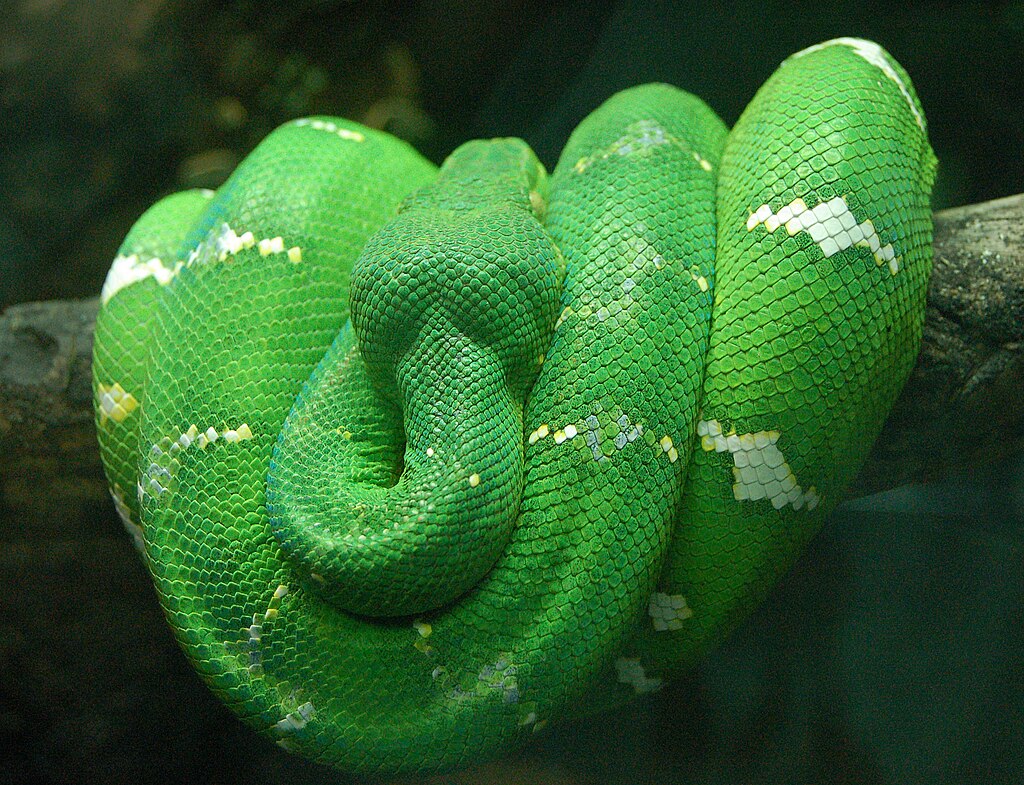
Beyond visual cues, snakes possess sophisticated biochemical detection systems that help them identify potentially toxic prey. When approaching or investigating a potential meal, many snake species will extensively tongue-flick to collect chemical samples from the prey item. These chemical signatures are processed by the vomeronasal organ in the snake’s mouth, which can detect minute concentrations of alkaloids, bufotoxins, and other compounds commonly found in poisonous animals. This chemical detection system complements the visual assessment of bright coloration, creating a multi-sensory evaluation process that helps snakes make more accurate feeding decisions. Research has revealed that snakes can detect some toxins at concentrations as low as a few parts per million, demonstrating the remarkable sensitivity of this chemical detection system. For many species, this biochemical analysis serves as a final verification step before committing to consuming prey with suspicious coloration.
Geographical Variations in Avoidance Behaviors
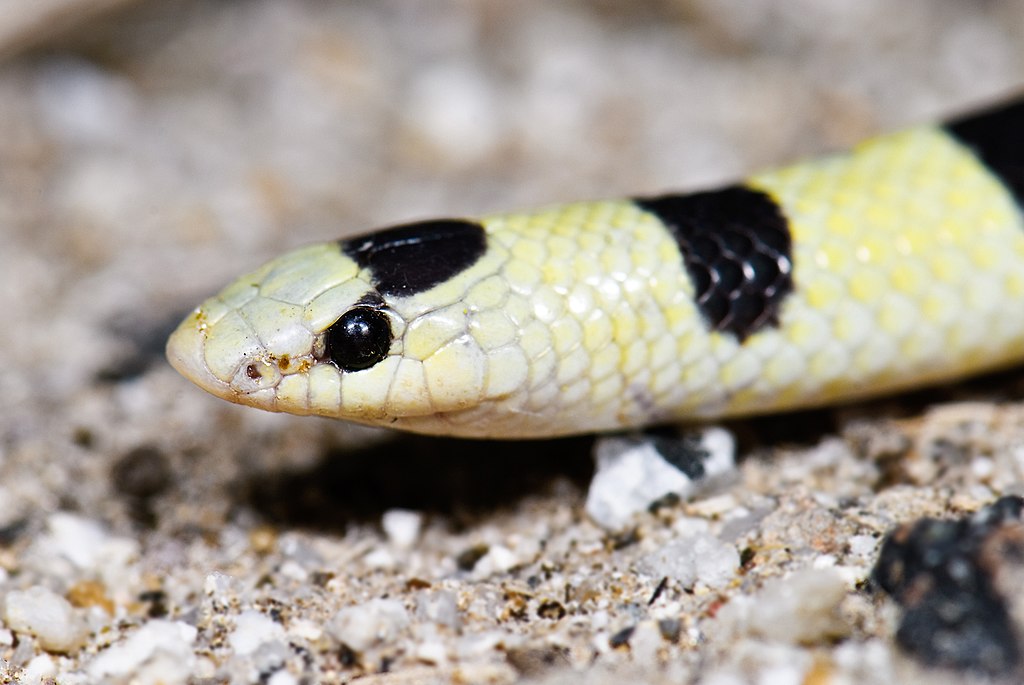
Snake populations across different geographical regions show fascinating variations in their responses to brightly colored prey. These variations typically correlate with the actual prevalence of toxic species in each environment, creating a patchwork of regionally-specific avoidance behaviors. For example, studies have shown that garter snakes from regions rich in toxic newt species display much stronger avoidance reactions to orange and red coloration than those from areas where toxic newts are absent. Similarly, snake species from tropical regions with abundant poison dart frogs demonstrate heightened sensitivity to blue and yellow color patterns compared to their temperate counterparts. These geographical differences highlight how avoidance behaviors are shaped by the specific selective pressures present in each snake population’s native habitat. Researchers studying these patterns have even been able to map the evolutionary history of these avoidance behaviors, tracing how they spread and intensified across different snake lineages as they adapted to local conditions.
The Role of Pattern Recognition
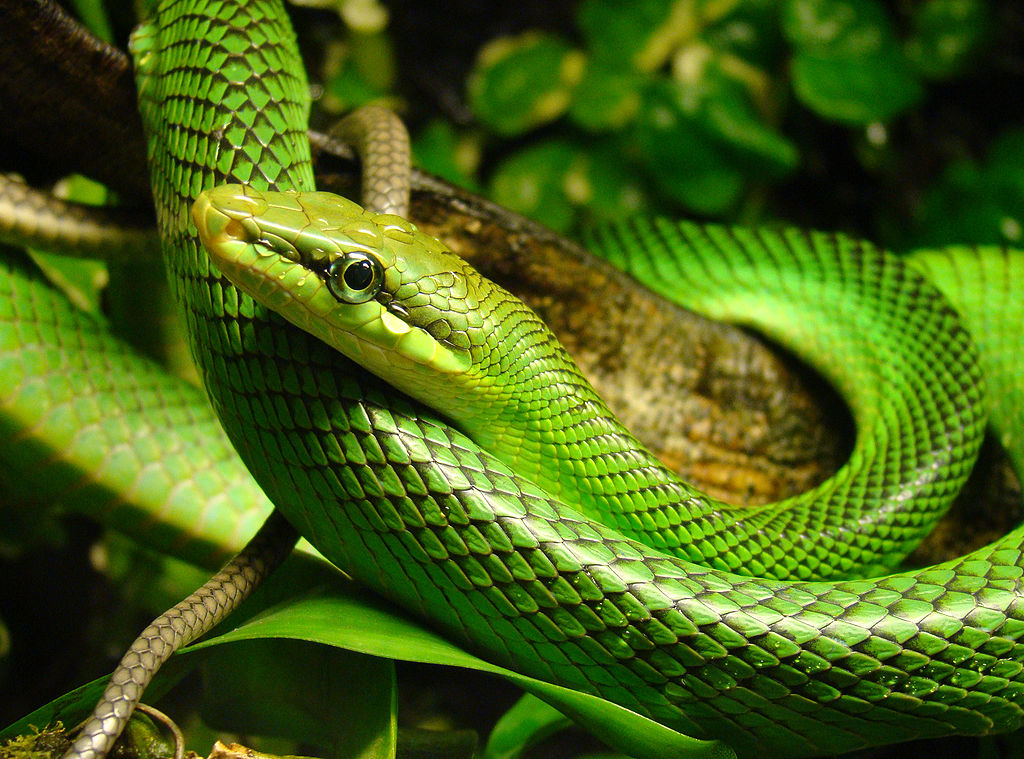
Snake vision and neural processing have evolved specialized pattern recognition capabilities that help them identify potentially dangerous prey. Research using neuroimaging techniques has revealed that certain snake species have dedicated neural circuits that respond specifically to high-contrast patterns and bright color combinations typical of aposematic warnings. These specialized circuits allow snakes to rapidly process visual information and make quick decisions about whether to pursue or avoid potential prey items. The pattern recognition systems are particularly sensitive to certain color combinations—like red and yellow or black and yellow—that frequently signal danger in nature. Interestingly, these neural mechanisms appear to be more developed in diurnal snake species that hunt primarily by sight, compared to nocturnal species that rely more heavily on thermal and chemical cues when hunting, suggesting that visual avoidance behaviors have coevolved with visual hunting strategies.
The Toxin Resistance Factor
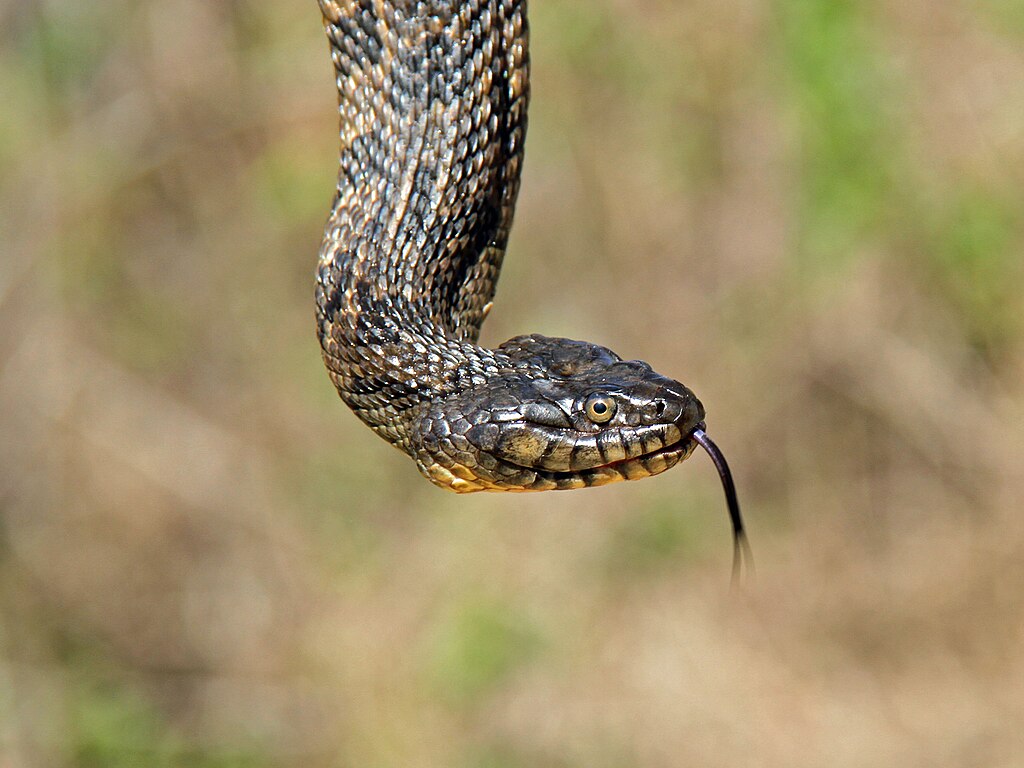
Some snake species have evolved resistance to specific toxins, which directly influences their response to brightly colored prey. This resistance, achieved through genetic mutations that modify receptor sites or develop antidote compounds, allows certain snakes to safely consume prey that would be lethal to other predators. For example, some garter snake populations have developed resistance to tetrodotoxin, allowing them to prey on highly toxic newts that other predators avoid entirely. These toxin-resistant snakes often show reduced avoidance of bright coloration associated with that specific toxin, essentially bypassing the warning system that deters other predators. The evolutionary development of toxin resistance represents a powerful counter-adaptation to aposematism, creating complex ecological interactions where the effectiveness of warning coloration varies depending on which predator encounters it. However, developing toxin resistance typically comes with physiological costs, explaining why not all snake species evolve this capability even when toxic prey is abundant.
Juvenile vs. Adult Behavior Differences
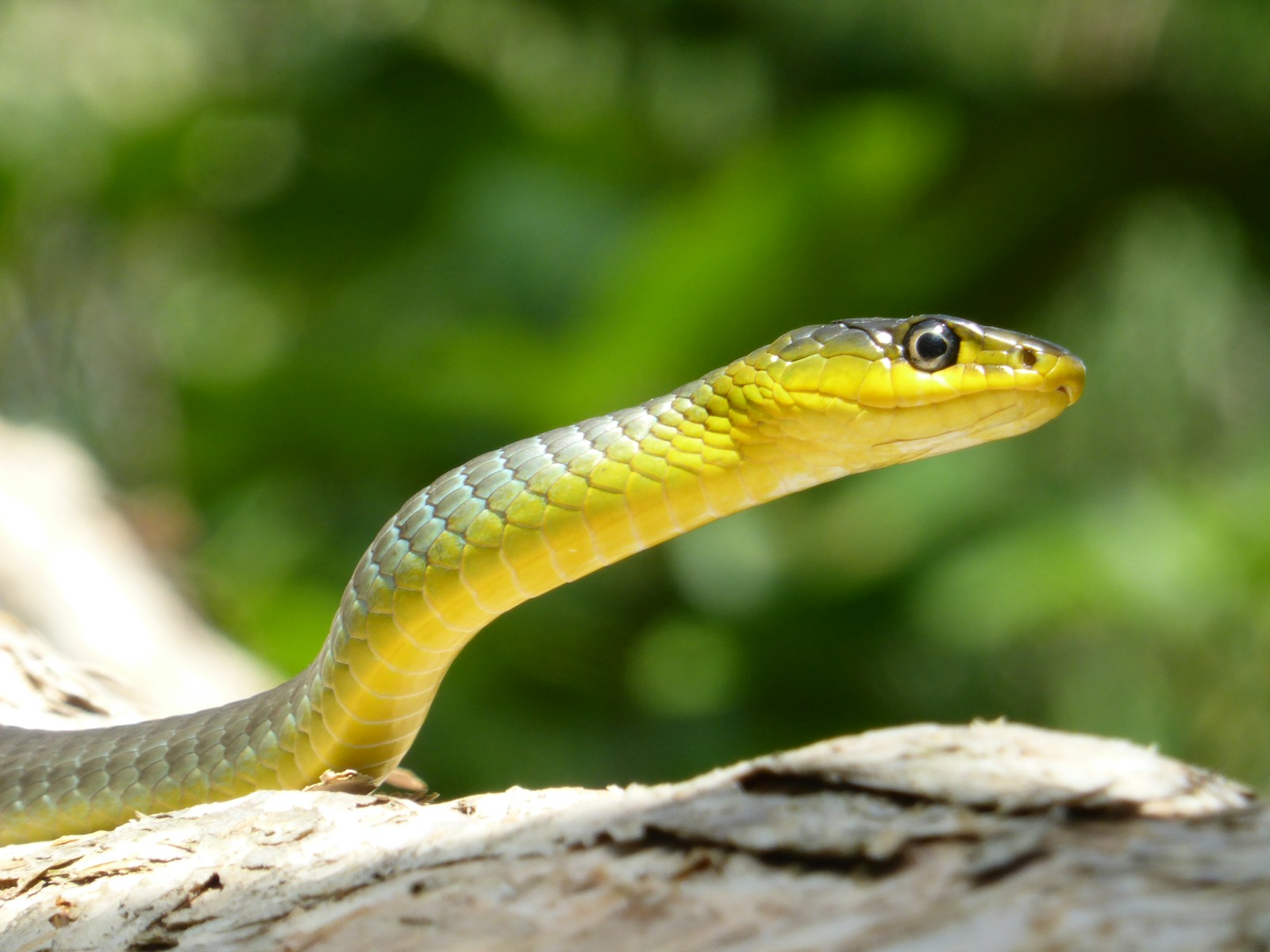
Intriguing behavioral differences exist between juvenile and adult snakes when encountering brightly colored prey. Juvenile snakes often show stronger innate avoidance of warning coloration than adults of the same species, likely because their smaller size and inexperience make them more vulnerable to toxic effects. This heightened caution serves as an important protection mechanism during the learning phase of a snake’s life. As snakes mature and gain experience, their responses become more nuanced and specifically tailored to the actual threats present in their environment. Researchers have documented cases where young snakes exhibit universal avoidance of certain color patterns, while adults of the same species demonstrate selective responses based on their previous feeding experiences. These age-related differences highlight how snake feeding behavior represents a complex integration of innate tendencies and learned associations that develops throughout the animal’s lifespan.
The Influence of Visual Capacity
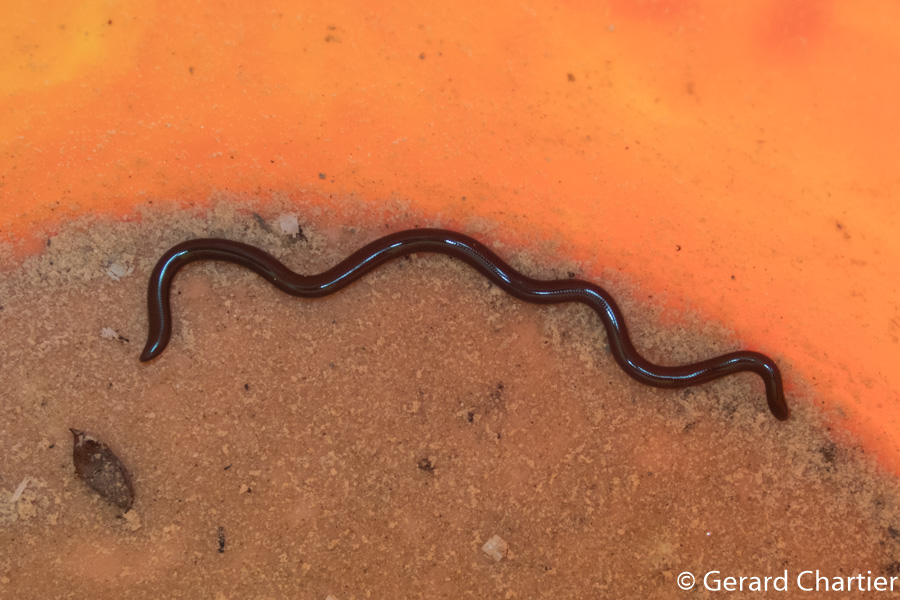
A snake’s visual system significantly impacts its ability to detect and respond to warning coloration. Contrary to popular belief, many snake species possess sophisticated color vision, particularly those that are diurnal hunters relying primarily on visual cues. Different snake families have evolved varying visual capabilities—some possess dichromatic vision (two color receptors), while others have trichromatic vision (three receptors) allowing for more nuanced color discrimination. These differences in visual processing directly affect how effectively snakes can perceive and respond to aposematic coloration. For example, pit vipers with their primarily heat-based hunting strategy show less avoidance of bright colors than visually-oriented colubrid snakes hunting during daylight hours. Additionally, studies examining snake retinal structures have found specialized adaptations in some species that enhance their ability to detect specific wavelengths commonly found in warning coloration, further refining their ability to identify potentially dangerous prey.
The Energy Conservation Hypothesis

From an evolutionary perspective, avoiding brightly colored prey represents an efficient energy conservation strategy for snakes. Pursuing, subduing, and attempting to consume toxic prey requires significant energy expenditure, which would be entirely wasted if the prey proves inedible or harmful. By quickly identifying and avoiding potentially dangerous prey items based on visual cues, snakes conserve valuable energy that can be redirected toward pursuing more reliable food sources. This energy efficiency becomes particularly crucial during times of scarcity or for snake species with specialized feeding requirements. Mathematical models of snake foraging behavior suggest that even modest improvements in prey selection efficiency can translate to significant survival advantages over time. Field studies tracking snake hunting success rates have confirmed that individuals demonstrating stronger avoidance of aposematic prey spend less time on unsuccessful hunting attempts and maintain better overall body condition than less discriminating individuals.
Evolutionary Arms Race: Predator vs. Prey
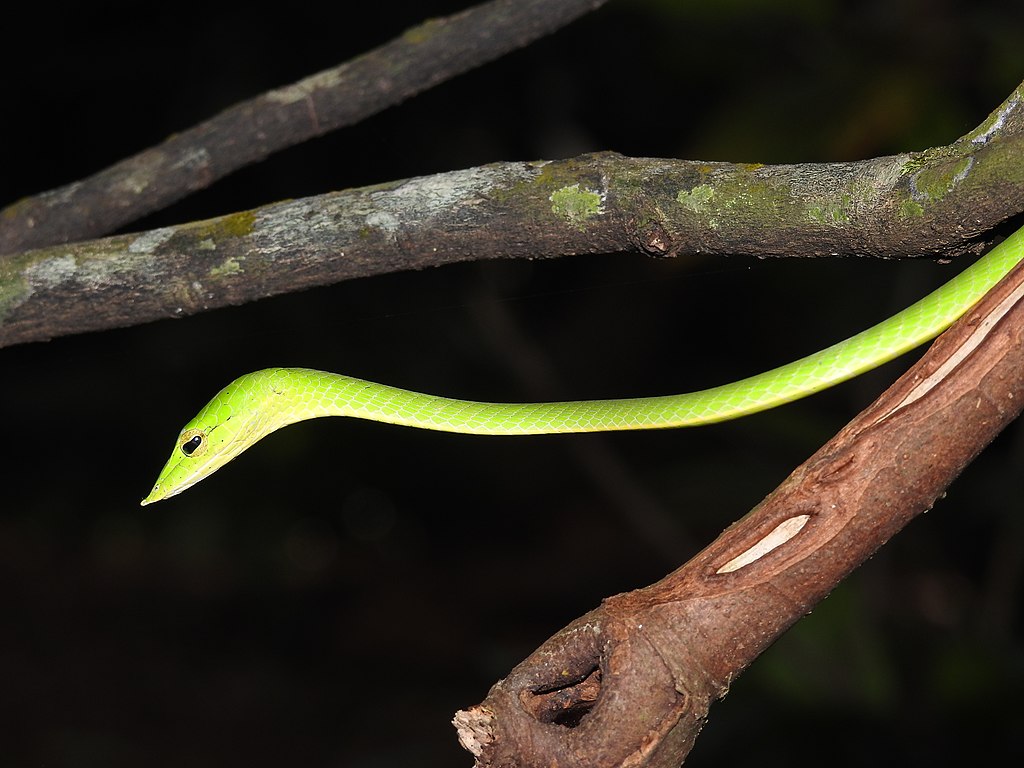
The relationship between snakes and brightly colored prey represents a classic evolutionary arms race, with adaptations and counter-adaptations driving both sides toward greater specialization. As prey species evolve more effective warning coloration, predator snakes develop more sophisticated detection systems or toxin resistance. Some prey species have exploited this dynamic through Batesian mimicry, evolving bright coloration that mimics toxic species despite being harmless themselves. This deceptive strategy takes advantage of snakes’ color avoidance behaviors without the metabolic cost of producing actual toxins. The ongoing nature of this evolutionary race has produced remarkable specializations on both sides, with some snake species developing the ability to distinguish subtle differences between truly toxic prey and their mimics. Paleontological evidence suggests this predator-prey color dynamics has been shaping snake evolution for tens of millions of years, fundamentally influencing the development of sensory systems, feeding behaviors, and even habitat preferences across numerous snake lineages.
Implications for Snake Conservation and Ecology

Understanding why snakes avoid brightly colored prey has important implications for conservation and ecological management. As habitats change due to human activity or climate shifts, the balance between toxic prey species and their predators can be disrupted, potentially affecting snake feeding behaviors and population dynamics. Conservation efforts for specialized snake species must consider the availability of appropriate prey, including how changes in prey populations might affect predator behavior. Furthermore, this knowledge has practical applications in managing invasive snake species, where understanding feeding preferences and avoidances could help develop more effective control strategies. For ecological restoration projects, successful reintroduction of native snake species often depends on ensuring that the appropriate balance of prey species is available, taking into account the complex dynamics of warning coloration and predator avoidance behaviors. By incorporating these behavioral insights into conservation planning, wildlife managers can develop more effective strategies for preserving snake diversity and the critical ecological roles these reptiles play.
Conclusion

The avoidance of brightly colored prey by many snake species represents one of nature’s most fascinating evolutionary adaptations. This behavior, shaped by millions of years of natural selection, combines innate responses with learned associations, creating a sophisticated system that helps snakes navigate potentially dangerous feeding opportunities. From the specialized neural circuits that process warning patterns to the geographical variations in response intensity, these avoidance behaviors demonstrate the remarkable complexity of predator-prey relationships. As we continue to research these interactions, we gain not only a deeper understanding of snake biology but also valuable insights into the broader principles of coevolution, sensory perception, and adaptive behavior that shape life on Earth. In the ongoing evolutionary arms race between predator and prey, the strategy of avoiding bright colors represents just one fascinating chapter in nature’s endless story of adaptation and survival.

